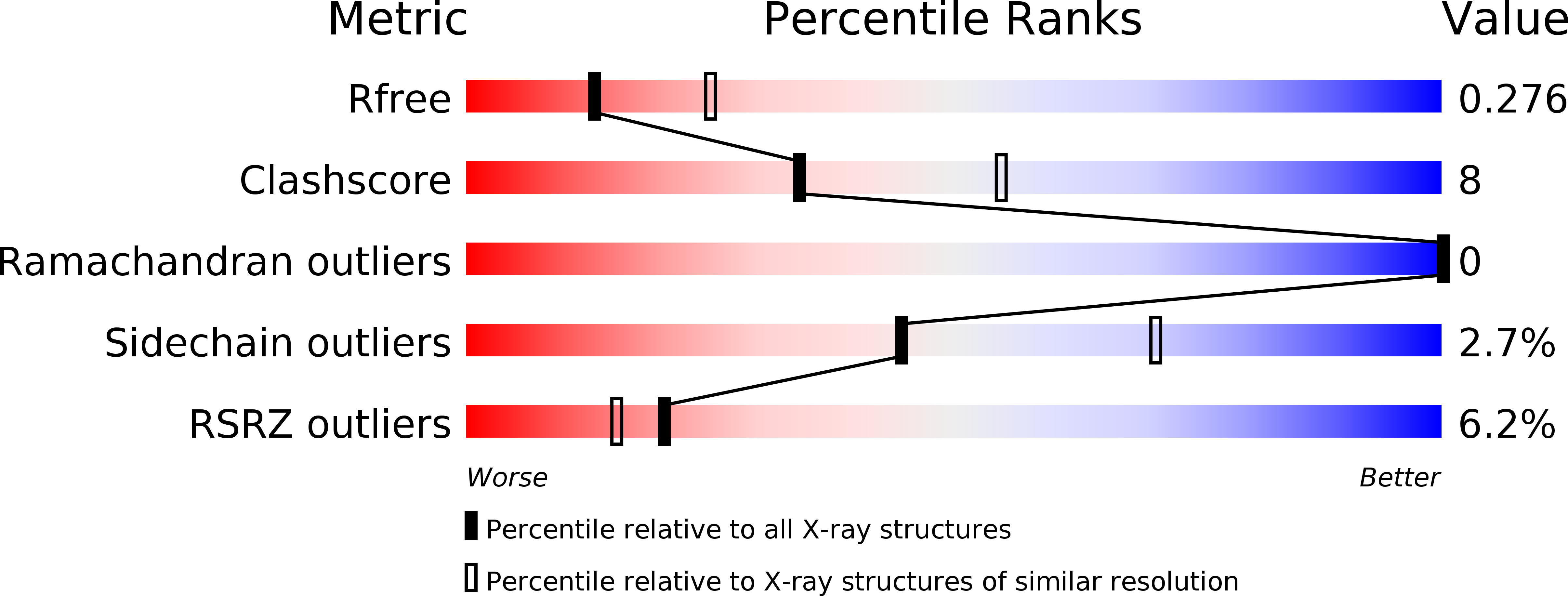
Deposition Date
2019-05-10
Release Date
2019-05-22
Last Version Date
2023-11-22
Entry Detail
PDB ID:
6K1B
Keywords:
Title:
Crystal structure of EXD2 exonuclease domain soaked in Mn and dGMP
Biological Source:
Source Organism:
Homo sapiens (Taxon ID: 9606)
Host Organism:
Method Details:
Experimental Method:
Resolution:
2.61 Å
R-Value Free:
0.27
R-Value Work:
0.21
R-Value Observed:
0.21
Space Group:
P 21 21 21


